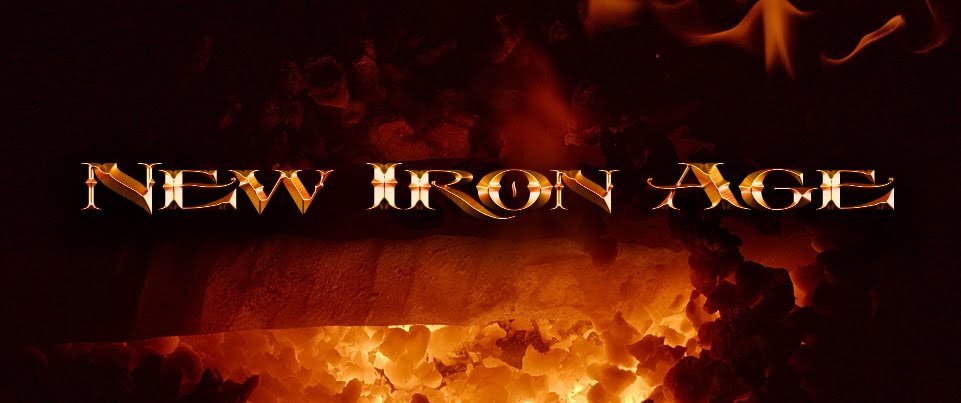As I
have
said before, Lin Carter was a diligent editor and literary
historian, but at best a mediocre novelist. He had enthusiasm and
imagination, but his characterization was bland and his sense of
action and timing were execrable, which are signal failings when one
is trying to write Sword & Sorcery. Today I will eviscerate what
is probably the worst book he ever wrote: the semi-infamous
Tara
of the Twilight.
It’s
not clear, really, whose idea this was. In his forward (!) Carter
waxes rather scholarly about “the erotic impulse” and so forth,
while mentioning that he had never written anything that was A: from
the point of view of a female, and B: meant to be porn in any way.
Both of these are big warning signs of the awfulness to follow. But
he also mentions Zebra editor Roy Torgeson, who can bear some of the
blame for his travesty. Torgeson – an editor of some note in the
70s and 80s – worked mostly in hard SF, and it’s not clear what
he was doing at Zebra in 1979.
Zebra
books is an imprint of Kensington Publishing, and is very much still
around. Their main focus has always been Regency Romance titles,
which they still put out to this day. But there was a period from
1975-1985 when they were trying to expand their slate a bit,
publishing some westerns, and even some horror novels. They don’t
seem to really be proud of Tara, and it’s not hard to see
why.
I
stumbled on the book when I was seventeen – pretty much the ideal
audience for bad porn – and I still found it all but unreadable. I
did read it, mostly to see just how terrible it was, the same
instinct that causes us to lance boils and look at car accidents. As
porn, it was a complete failure, because it was impossible to jerk
off to, even when I was seventeen.
Tara
follows the tale of the titular heroine, who is a red-haired
sixteen-year-old girl who has been raised by a wizard and is a sworn
worshiper of a rather nebulous pantheon of gods who demand her
virginity; also to be a war-maiden she has to wear no armor, and
go about conveniently almost naked. Thus, Carter has an in-universe
rationale for the “chainmail bikini” trope. He does, however,
fall hard into the “omniscient boobs” style of writing, where all
of Tara’s attributes are discussed in lavish detail and with a
great deal of leering that makes no sense in a first-person
narrative. Also, let us just deal with the fact that we are being
invited to lust after a sixteen-year-old girl, something that simply
would not fly today. Unfortunately, this is not the only highly
unpleasant turn this story will take.
Far
from any kind of action-adventure, the novel is simply our heroine
going from one kind of captivity to another, and the vaunted warrior
skills she is said to possess seem to do her no good whatsoever. She
is enslaved by a succession of vile and lecherous captors, and is
thus subjected to all manner of depravity without any kind of
consent. Now, there is certainly a market for this kind of porn,
where consent is dubious or nonexistent, but it is really rather
gross to discover that Tara is essentially rape porn from one
end to the other.
Tara
spends the bulk of her time a captive of the barbarian warlord Hunza
– a typically musclebound, illiterate, loincloth-wearing type of
dude. Everything kind of crashes to a screeching halt when he is
shown raping a twelve-year-old girl. Repeatedly. There’s not
really a way for the book to recover any kind of sympathy after this
point, as it is just far too repulsive for even ironic enjoyment.
Sexually violating underaged girls is a major theme of the book, to
the point where it starts to say something about Lin Carter,
something more than a little distasteful.
One
of the very strange contrivances of this book is that Tara never
actually has regular sex. She manages to maintain her technical
virginity, mostly because her various captors are too depraved to be
interested in it. She has a lot of oral sex, and has anal sex (is
anally raped, to be honest), but she never actually gets fucked. It
has to be said that none of this is tremendously sexy, both because
of Carter’s stilted prose, and because of Tara’s traumatized
reactions to it. It’s not sexy to read about a teenaged girl
vomiting after she is forced to suck a dick.
And
in case you are thinking I exaggerate the redolent badness of the
writing, let me grit my teeth and provide some examples. Lines such
as “I explored the wrinkled flesh stretched tight over the twin
rondures of his testicles.” or “I felt the hammerlike head of his
maleness probe forcefully at the small wrinkled eye of my anus.”
are like porn written by a fifteen-year-old fanfic author, not a
fifty-year-old professional. To be fair, Carter’s line-by-line
writing was never any good, but applying his sensibility to porn
causes things to verge quickly into the grotesque.
Tara
ends on an open note, clearly leading up to a sequel that would never
come to be. Carter apparently published some Tara stories later on
that may have been the beginnings of a full-length sequel, but there
has never been a collection of them, thankfully. The book only went
through one printing, and though I believe you can get a
print-on-demand copy, the original paperbacks are rather valuable if
they are in good shape. This is rare, as the cheaply-printed copies
often simply fall apart (mine has lost the front cover, and the back
cover will soon detach, even though it has not been read in almost 30
years). It seems Carter’s one work of rape porn shall remain
more heard-of than read.




